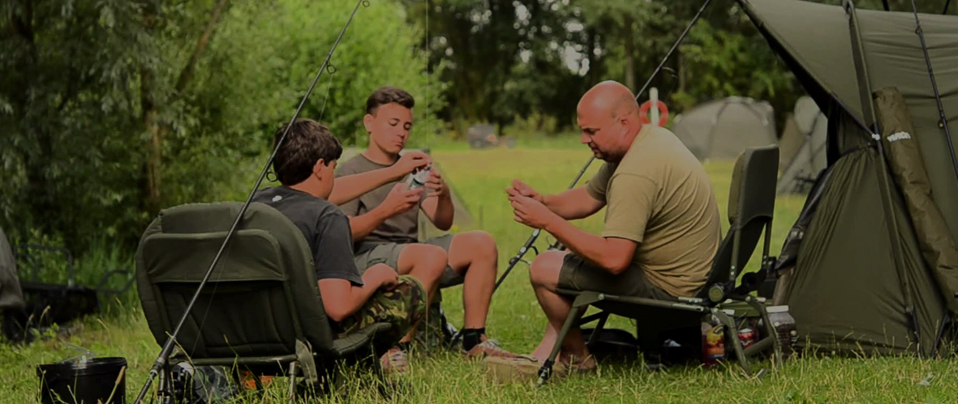

It usually consists of hooks, bait, fishing line, etc., […]
It usually consists of hooks, bait, fishing line, etc., and some are also equipped with floats, sinkers, fishing rods or other accessories. The hook is the part that is tied to the fishing line and acts as a hook. There are two types of inverted tooth structure and non-inverted tooth structure. The choice of bait is often the key to the success or failure of the harvest, and it can be divided into two types: real bait and artificial bait.
Real bait can be divided into animal bait and plant bait according to different sources. In marine fishing, animal baits such as fish, cephalopods, and crustaceans are generally used; in freshwater, earthworms and insects are mainly used. Plant-based bait is used to trap freshwater fish, mainly rice, wheat, sweet potatoes and other products.

Lure is made of feathers, cloth, rubber, wood, metal and plastic. Disguised as animal baits preferred by the target, or other lures sufficient to stimulate the fish's predation response.
When buying a float, the first step is a visual inspection. The method is: hold the float in your hand, place the float neck between the thumb and forefinger of the other hand, and check whether the float is symmetrical left and right, and whether the float tip and the float foot form a straight line while turning. If the height of the floating shoulders, the asymmetry of width and width, the obvious difference between the left and right sides of the floating body, and the different positions where the floating tip is inserted into the floating body are found, it proves that this fish float is not a high-quality product with fine workmanship. In addition, during the visual inspection, it is necessary to pay attention to check whether the color ring of the fish float is clear, and whether the distance is too large or too small. Because the floating tip of the fish float is the main reference for directly observing the fish information, its clarity and visibility will directly affect the angler's judgment on the underwater fish information. Finally, it is also necessary to more carefully check whether the texture of the fish float is uniform. Because many fish floats are formed by adhering two or more pieces of floating materials (such as large peacock feather floats, some reed floats, etc.), the fish floats made by this process need to be made of floating materials with basically the same density. , so as to ensure the stability of the fish floating in the water. When purchasing this type of float, you should pay attention to observe whether the color difference, texture and size of each floating material are consistent or roughly the same. If the contrast is too large, it indicates that the fish float may not be made of the same density materials, which may cause the phenomenon of unequal buoyancy on both sides of the fish float in the water, which is not conducive to the accurate display of weak fish information.
The second step is tactile touch detection. The method is: pick up the floating foot of the fish float with one hand and turn it gently, and hold the floating body with the thumb, index finger and middle finger of the other hand, and slowly slide it from top to bottom, and feel the smoothness of the floating body and Fineness of paint. A high-quality fish float with exquisite workmanship generally handles these small issues well.